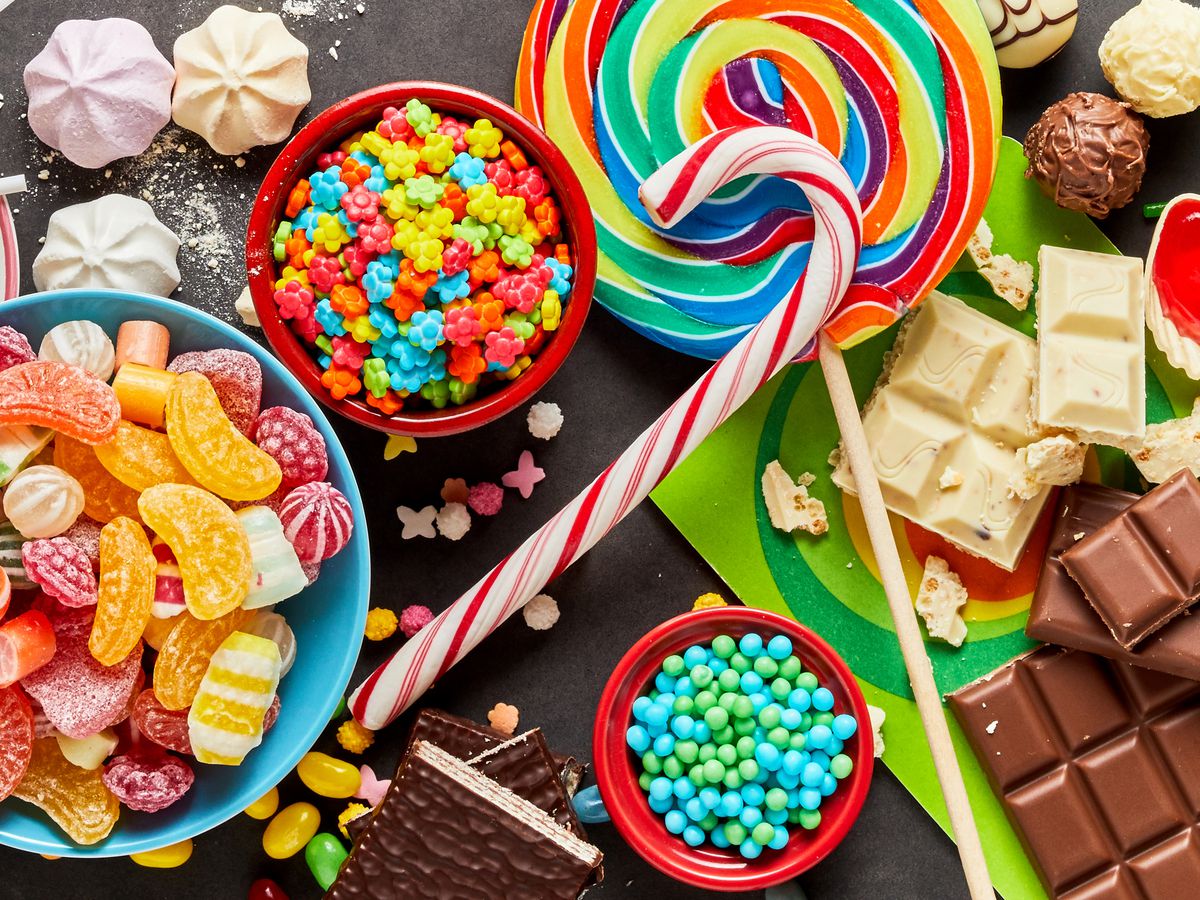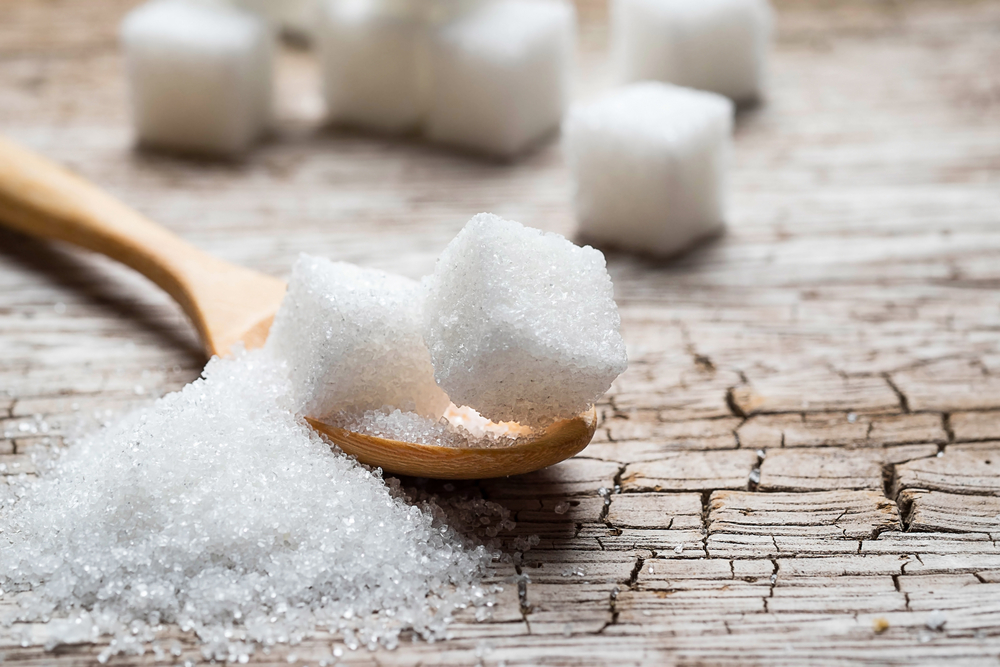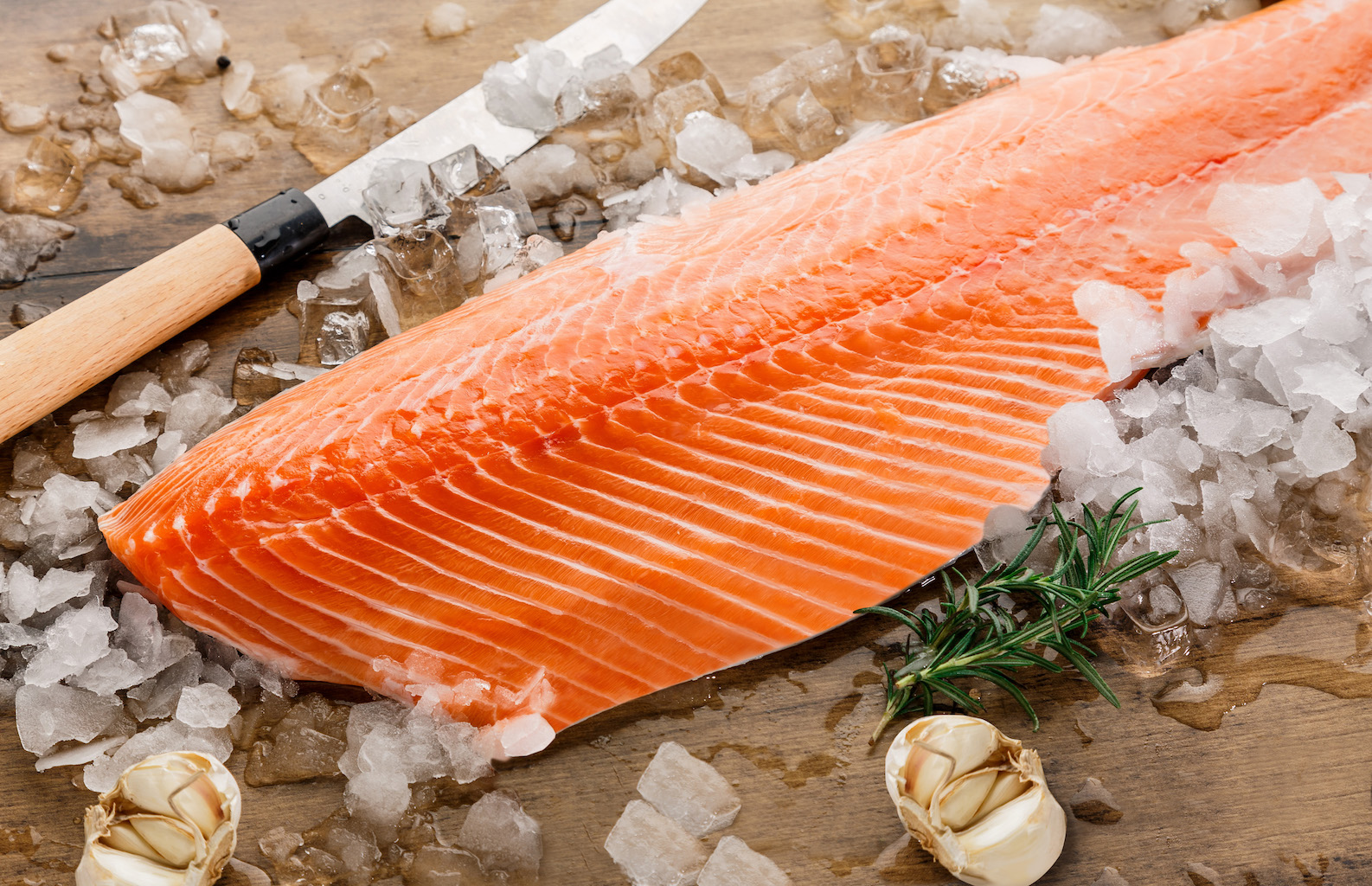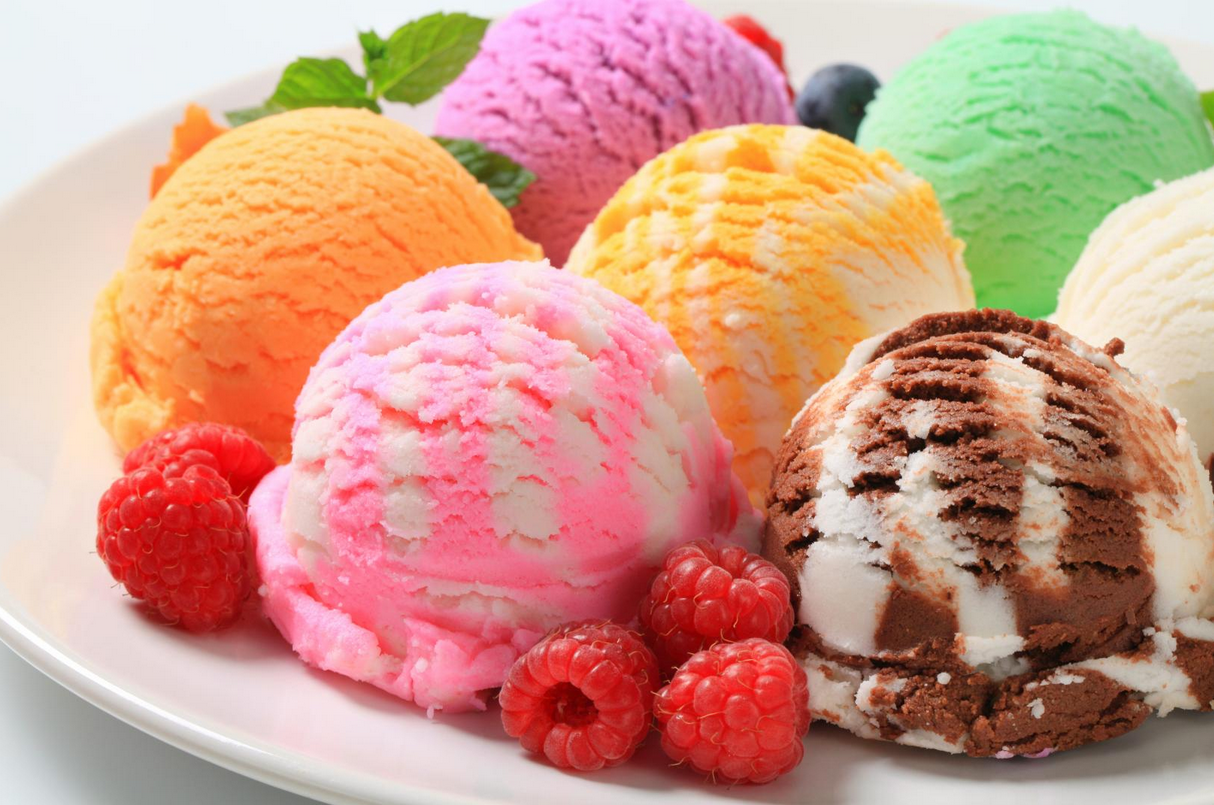Unless you grow your own food, it’s hard to know what goes into it. Not all ingredients have to appear on product labels and some of those that do have cryptic names that mean nothing to the average consumer. Here are ten scary facts about widely available supermarket foods.
Your shiny candy may be coated in insect secretions
Shellac is a resin secreted by the female lac insect. It is commonly used as a type of wood primer and varnish. Less well known is its use as a shiny coating on chocolate candies, jelly beans and fruit. On food labels shellac appears as ‘confectioner’s glaze’, ‘confectioner’s resin’, ‘candy glaze’ or ‘natural glaze’. Shellac is also used as a pharmaceutical glaze to coat pills.

Sugar is filtered through charred cow bones
Unless your sugar is labelled as raw or organic, it was probably refined using bone char. Bones from cattle that have died naturally, mainly in third-world countries, are sun-dried and incinerated to produce a granular substance. The bone char is an efficient filter for removing colorants from cane sugar, leaving it sparkling white.
Ironically, even brown sugar has gone through the bone char process, since it’s made by adding molasses to refined sugar.

Most salmon is fed colorants
Unless your supermarket salmon is specifically labeled ‘wild’, you can assume that, like 80% of salmon on the market, it comes from a fish farm. Wild salmon get their pink-colored flesh from their diet of shrimp, krill and small algae-eating fish. Farmed salmon are fed fish-food pellets containing the colorants canthaxanthin or astaxanthin. Without these additives, all farmed salmon flesh would be an unappetizing grey.

Ice cream can contain aircraft de-icer
Propylene glycol is a chemical compound that reduces the freezing point of water. It is widely used for de-icing aircrafts and runways and is also found in automotive windscreen de-icers. It is added to ice cream to prevent ice crystals from forming, maintain a creamy texture and ensure that the product doesn’t become too hard to scoop. According to the FDA, propylene glycol can account for up to 5% of total food intake without causing ‘frank toxic effects’.

Popular rice products may contain high levels of arsenic
The Institute for Global Food Security tested 81 different rice products including crispy rice and puffed rice cereals, rice cakes and baby cereals. They found that many contained high levels of inorganic arsenic and 58% exceeded the recommended arsenic levels for children. Arsenic is not harmful in small quantities, but exposure to high levels over an extended period can lead to cancer or heart disease.

Peanut butter contains rat hairs and insect fragments
An FDA report sets out the ‘levels of natural or unavoidable defects in foods that present no health hazards for humans’. Peanut butter may legally contain an average of 30 or more insect fragments per 100 grams and an average of one or more rodent hairs per 100 grams. The source of the insects and hair may be the harvested peanuts themselves or may come from infestation and contamination during processing.
Hot dogs and cold cuts could contain added viruses
Hot dogs, sausages, cold cuts and poultry products can play host to Listeria monocytogenes bacteria which cause food poisoning and may cause death. In 2006 the FDA approved the use of a mixture of bacteriophages in the preparation of meat products. Bacteriophages are viruses that kill bacteria. The viral spray used in meat processing is not listed in the product’s ingredients.
